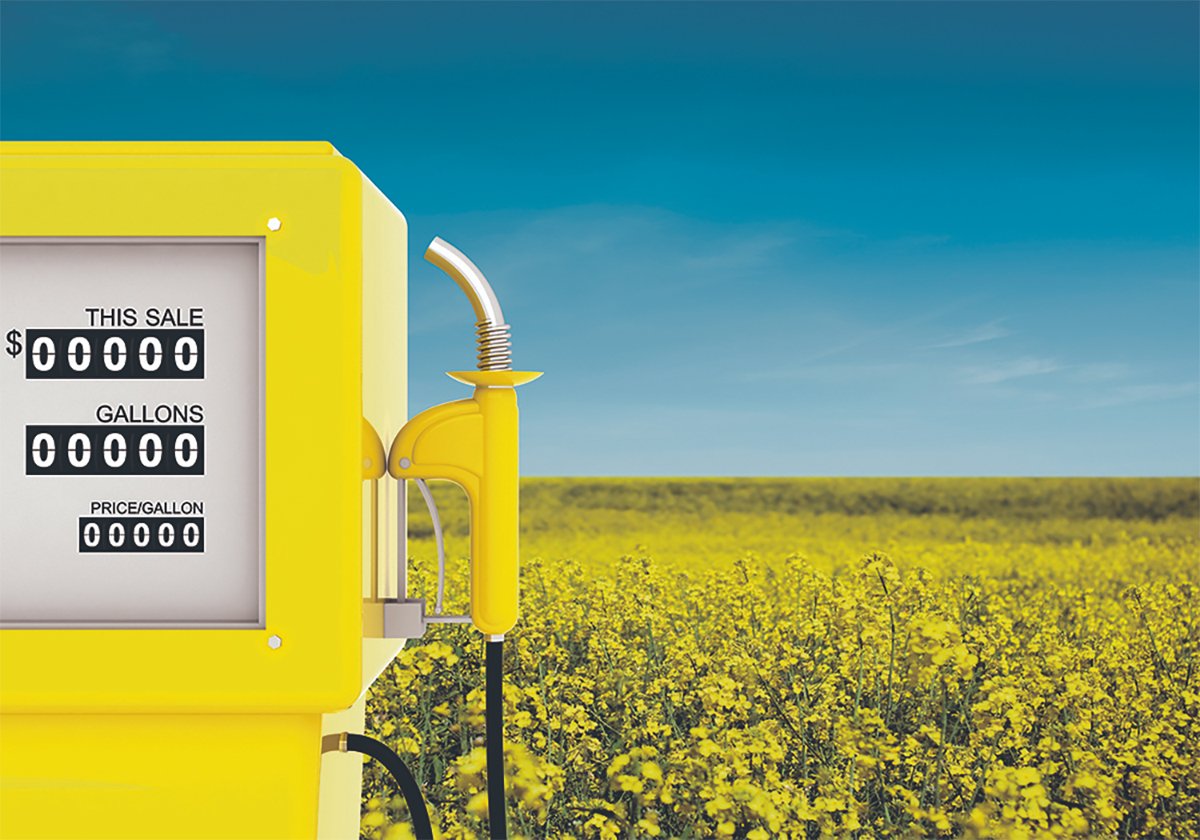Mixed farmers have it tough, and that’s probably why thousands have dropped the mix in recent years.
Part of it has to do with the extra hard work entailed by combining livestock and crops, and part comes from feeling penalized for spreading out their risks.
Even if they’re profitable and stable, they feel pushed to drop crops or livestock to get a chance at big returns in good years.
The latter feeling is something farmers expressed to the Manitoba Agriculture Business Risk Management Task Force during its Manitoba-wide hearings in July.
Read Also

Biofuel sector happy with federal budget
Advanced Biofuels Canada says new Biofuel Production Incentive is a lifeline until CFR amendments are in place.
Task force members said they will try to address it when they present their report to the provincial government by year’s end.
No one wants to create a publicly supported and subsidized program that encourages farmers to throw all their eggs into one basket and eschew the simple and most-effective hedging mechanism of operating a mixed farm.
However, the devil is in the details of safety net programs, and safety nets contain a vast hell of details that can cause unintended affects.
I’ve heard this complaint for many years, but it has become louder in Manitoba in recent years after market events and weather catastrophes smacked farmers hard.
For those who have had all their eggs in one basket, there have been times when a stellar year of production and markets is followed by a wreck, and then a program payout occurs.
However, farmers with production spread out among a number of farm commodity classes have often seen better returns from one area negate any chance of triggering a payout from a slump in another area, or at least minimize the impact of a payout.
The spreading of risk is how things should be, but it can be vexing for a mixed farmer to see neighbours rake in big profits by gambling everything on one commodity class one year and then get a payout the next year when things don’t work out.
Hedging risk through mixed farming brings with it profit limitations and it has been hard for some mixed farmers following years of high profitability in crop production to stick with the mix.
The Manitoba task force is trying to set up a future safety net system that can handle the impact of extreme weather volatility brought about by climate change.
However, it is also keen to avoid unintended discrimination against mixed farmers.
Part of the task force’s job has been made easier by the gutting of AgriStability a few years back. That program now pays out to most farmers only in truly extreme circumstances.
Farmers who spoke to the task force said they have dropped out of the program because of the new lower coverage levels.
Farmers need better income stabilization programs in future safety nets that can cope with events such as extreme flooding and dryness.
However, programs must be formulated in a way that doesn’t penalize farmers who spread out risk with mixed operations.
With luck, the Manitoba task force will come up with the recipe that achieves that goal and allows the mixed farmer to feel wise, rather than foolish, to have embraced diversification and internal risk management.















